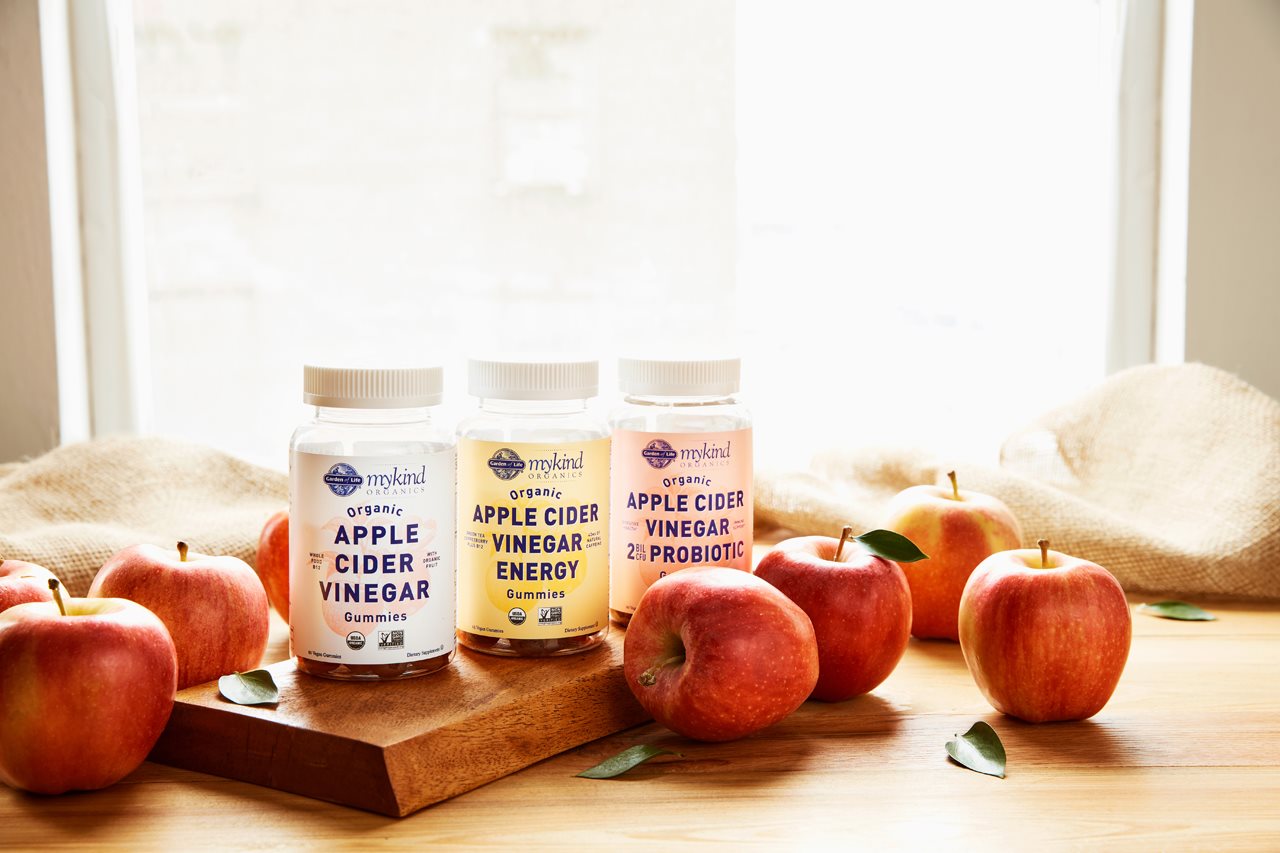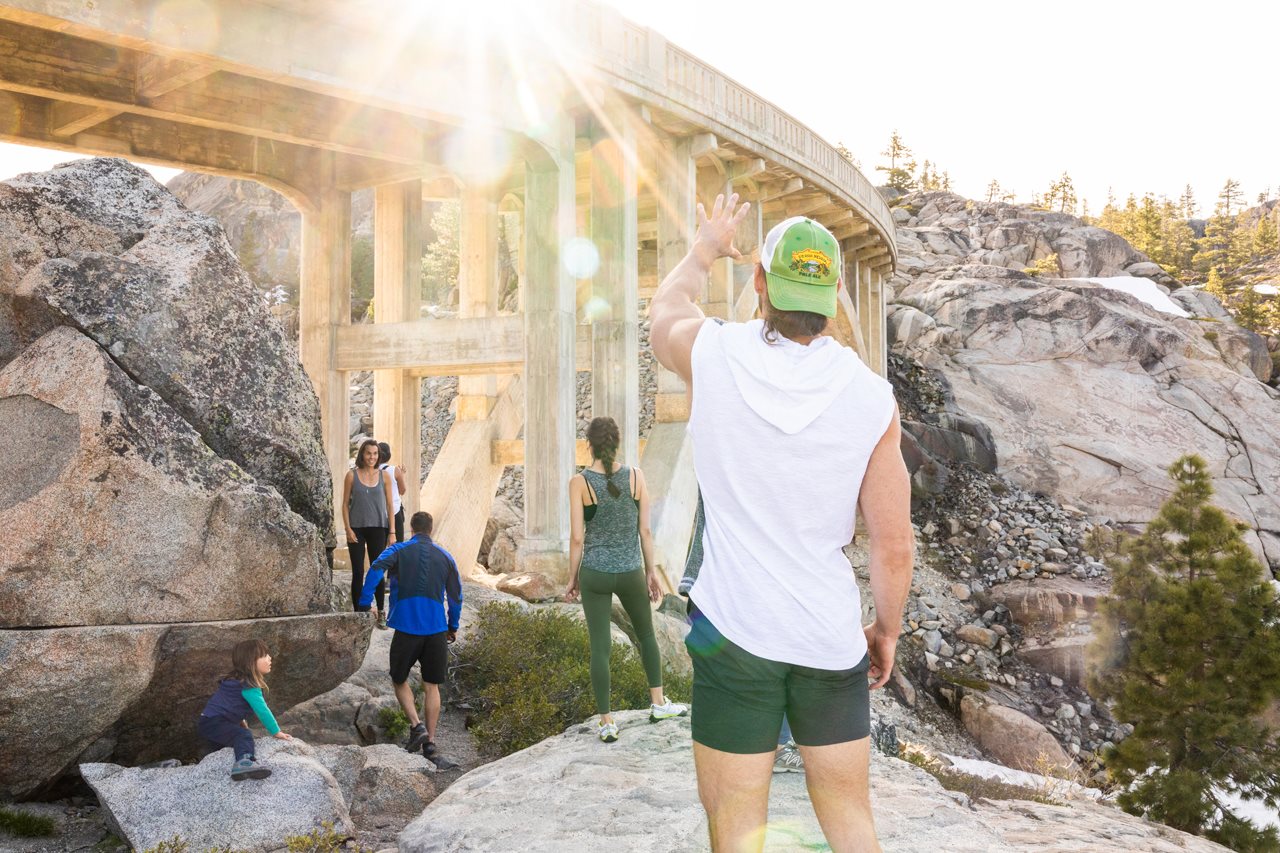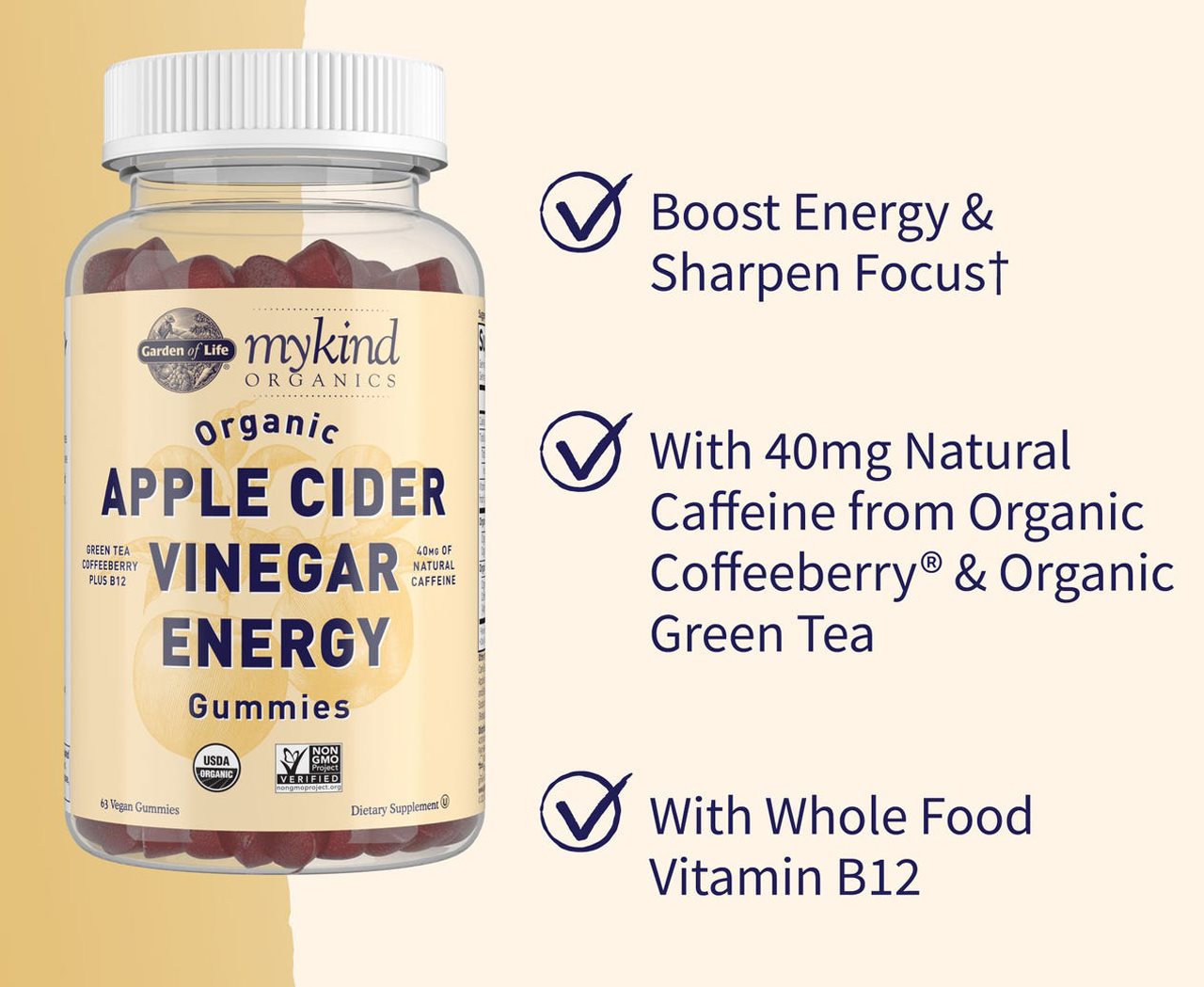(BPT) – Carol Conn’s bipolar disorder went undiagnosed for 10 years, and it wasn’t until she was in her mid-40s that she experienced a psychotic episode and was admitted into the hospital.[i] “I was imagining all sorts of crazy things,” she said. “I thought a friend of mine was watching me by satellite.” One of Carol’s sisters and a friend were able to intervene, and after a 10-day stay in the hospital, she was finally diagnosed with bipolar disorder and prescribed an antipsychotic treatment to manage her bipolar symptoms.
Six months after starting her medication, one of Carol’s friends told her that she was noticing some uncontrollable movements in Carol’s face. Carol didn’t notice at first, but soon started to experience what she described as “tension in her jaw that felt like pulling.”
Carol didn’t know it yet, but she was starting to experience symptoms of tardive dyskinesia (TD). TD is associated with certain prescription medications used to treat mental health or gastrointestinal conditions. It can appear as mild to severe twitching, shaking or jerking in the hands, feet, face or torso. One in four people taking certain mental health medications may develop TD.[ii],[iii]
Carol was embarrassed, and as much as she wanted to avoid other people because of her TD, she still had to go to work every day. There was no way to hide what was happening. Not only was she noticing her TD symptoms, but those close to her also started to point out her uncontrollable movements. “It’s hard to tell people that it’s a side effect of medication because you don’t want to reveal to everyone that you have a mental health issue,” said Carol.
Whether symptoms are mild, moderate or severe, the impact of TD can be significant, causing physical changes that may lead to functional and emotional changes. The symptoms of TD may also impact social well-being, such as avoiding social interactions because of uncontrollable movements.[iv]
Eventually, Carol began seeing a new psychiatrist. During her first visit, the doctor noticed Carol’s TD symptoms right away and was able to officially diagnose her. “It was shocking and embarrassing that my TD was so obvious,” said Carol.
Mental health disorders, such as bipolar, can be challenging to treat. Symptoms of bipolar disorder can be complex, and not everyone experiences the same symptoms in the same way. That’s why it can take years for clinicians to find the right combination of treatments.[v] Once the right combination of treatments is established, many patients choose to cope with any side effects they experience, like TD, rather than alter their treatment regimen to address them and risk relapse.[vi]
Carol’s doctor told her about a treatment that could help manage her TD symptoms, called AUSTEDO® (deutetrabenazine) tablets. AUSTEDO treats the involuntary movements of TD in adults while allowing people to continue with some of their mental health medications like antipsychotics or antidepressants.[vii]
AUSTEDO® is a prescription medicine that is used to treat:
- movements in the face, tongue, or other body parts that cannot be controlled (tardive dyskinesia).
It is not known if AUSTEDO® is safe and effective in children.
Important Safety Information
AUSTEDO can cause serious side effects in people with Huntington’s Disease, including: depression, suicidal thoughts, or suicidal actions.
Do not start taking AUSTEDO if you are depressed (have untreated depression or depression that is not well controlled by medicine) or have suicidal thoughts. Pay close attention to any changes, especially sudden changes, in mood, behaviors, thoughts or feelings. This is especially important when AUSTEDO is started and when the dose is changed. Call your healthcare provider right away if you become depressed, have unusual changes in mood or behavior, or have thoughts of suicide.
Please see additional Important Safety Information below and full Prescribing Information, including Boxed Warning.
Carol was thrilled to know there was a treatment for tardive dyskinesia and started taking the medicine as soon as it was available. After she began treatment for her uncontrollable movements, Carol’s friends noticed an improvement. Carol stated that she doesn’t feel the “need to be as self-conscious of her TD” anymore.
Before starting AUSTEDO, Carol’s doctor talked to her about possible serious side effects that she might experience, such as suicidal thoughts, suicidal actions and depression. Additionally, AUSTEDO is not indicated to treat emotional distress resulting from uncontrolled movements.
For Carol, the hardest part about having bipolar and TD was feeling ashamed, and like she had somehow caused it. Unfortunately, Carol’s feelings aren’t unique. Many people living with a mental health conditions feel stigmatized and delay seeking treatment due to concerns about being treated differently.[viii]
This month is Mental Health Awareness Month and Tardive Dyskinesia Awareness Week, a time dedicated to fighting stigma, providing support and educating the public on mental illness so people living with mental health conditions, like Carol, can feel more comfortable speaking out about how they’re feeling and finding treatment, when necessary.[ix] Today, Carol’s TD symptoms have improved, and she encourages anyone struggling with mental health issues or tardive dyskinesia to speak to their doctor right away to see if AUSTEDO may be appropriate for them.
If you or a loved one are struggling with TD, ask your doctor about AUSTEDO, as it may help you manage TD while you continue with your mental health medications. Visit AUSTEDO.com/tardive-dyskinesia to learn more about a potential treatment option.
IMPORTANT SAFETY INFORMATION (Continued)
Do not take AUSTEDO if you:
- have Huntington’s disease and are depressed or have thoughts of suicide.
- have liver problems.
- are taking a monoamine oxidase inhibitor (MAOI) medicine. Do not take an MAOI within 14 days after you stop taking AUSTEDO. Do not start AUSTEDO® if you stopped taking an MAOI in the last 14 days. Ask your healthcare provider or pharmacist if you are not sure.
- are taking reserpine. Do not take medicines that contain reserpine (such as Serpalan® and Renese®-R) with AUSTEDO. If your healthcare provider plans to switch you from taking reserpine to AUSTEDO, you must wait at least 20 days after your last dose of reserpine before you start taking AUSTEDO.
- are taking tetrabenazine (Xenazine®). If your healthcare provider plans to switch you from tetrabenazine (Xenazine®) to AUSTEDO, take your first dose of AUSTEDO on the day after your last dose of tetrabenazine (Xenazine®).
- are taking valbenazine (Ingrezza®).
Other possible serious side effects include:
- Irregular heartbeat (QT prolongation). AUSTEDO increases your chance of having certain changes in the electrical activity in your heart. These changes can lead to a dangerous abnormal heartbeat. Taking AUSTEDO with certain medicines may increase this chance.
- Neuroleptic Malignant Syndrome. Call your healthcare provider right away and go to the nearest emergency room if you develop these signs and symptoms that do not have another obvious cause: high fever, stiff muscles, problems thinking, very fast or uneven heartbeat, or increased sweating.
- Restlessness. You may get a condition where you feel a strong urge to move. This is called akathisia.
- Parkinsonism. Symptoms include: slight shaking, body stiffness, trouble moving, trouble keeping your balance, or falls.
Sleepiness (sedation) is a common side effect of AUSTEDO. While taking AUSTEDO, do not drive a car or operate dangerous machinery until you know how AUSTEDO affects you. Drinking alcohol and taking other drugs that may also cause sleepiness while you are taking AUSTEDO may increase any sleepiness caused by AUSTEDO.
The most common side effects of AUSTEDO in people with Huntington’s disease include sleepiness (sedation), diarrhea, tiredness, and dry mouth.
The most common side effects of AUSTEDO in people with tardive dyskinesia include inflammation of the nose and throat (nasopharyngitis) and problems sleeping (insomnia).
These are not all the possible side effects of AUSTEDO. Call your doctor for medical advice about side effects. You are encouraged to report side effects of prescription drugs to the FDA. Visit www.fda.gov/medwatch or call 1-800-FDA-1088.
Please read the accompanying Medication Guide.
Please see full Prescribing Information, including Boxed Warning.
[i] Goldberg J MD. Web MD. Psychosis and Psychotic Episodes. WedMD website. Accessed March 2021. https://www.webmd.com/schizophrenia/guide/what-is-psychosis.
[ii] National Alliance on Mental Illness (NAMI). Tardive Dyskinesia. NAMI website. Accessed March 2021. https://www.nami.org/About-Mental-Illness/Treatments/Mental-Health-Medications/Tardive-Dyskinesia.
[iii] Waln O, Jankovic J. An Update on Tardive Dyskinesia: From Phenomenology to Treatment. Tremor Other Hyperkinet Mov. 2013;3:1-11. Accessed March 2021. https://www.ncbi.nlm.nih.gov/pmc/articles/PMC3709416/pdf/tre-03-161-4138-1.pdf.
[iv] Strassnig M, et al. CNS Spectr. 2017:1-8. 7. Carbon M, et al. J Clin Psychiatry. 2017;78(3):e264-e278. Accessed March 2021. https://www.cambridge.org/core/journals/cns-spectrums/article/abs/tardive-dyskinesia-motor-system-impairments-cognition-and-everyday-functioning/850905EE7069B81BE469D519F90B060D.
[v] Pary R MD, PR Matuschka PharmD, Lewis S ARNP PhD, et. al. Managing Bipolar Depression. Psychiatry. 2006; 3(2): 30-41. Accessed March 2021. https://www.ncbi.nlm.nih.gov/pmc/articles/PMC2990551/pdf/PE_3_2_30.pdf
[vi] International Bipolar Foundation. Finding the Right Medication. IBF website. Accessed March 2021. https://ibpf.org/articles/finding-the-right-medication/#:~:text=Be%20patient%20as%20it%20can,you%20find%20the%20right%20balance.
[vii] AUSTEDO® (deutetrabenazine) tablets current Prescribing Information. Parsippany, NJ. Teva Neuroscience, Inc.
[viii] American Psychiatric Association. Stigma, Prejudice and Discrimination Against People with Mental Illness. APA website. Accessed March 2021. https://www.psychiatry.org/patients-families/stigma-and-discrimination.
[ix] National Alliance on Mental Illness. Mental Health Month. NAMI website. Accessed March 2021. https://www.nami.org/Get-Involved/Awareness-Events/Mental-Health-Month.
April 2021
AUS-43384














